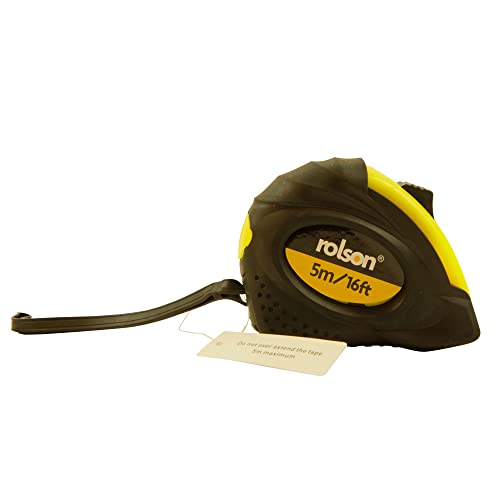How do tape measures lock?
Have you ever wondered how tape measures lock in place when you extend the tape? Tape measures are a common tool used for measuring distances, but many people are not aware of how the locking mechanism works. In this article, we will explore the different types of tape measure locks and how they function.
Types of tape measure locks
Tape measures typically have two types of locks: the manual lock and the automatic lock. The manual lock requires the user to engage and disengage the lock mechanism manually, whereas the automatic lock engages the lock mechanism automatically when the tape is extended.
Manual tape measure locks
The manual lock on a tape measure is typically a button or lever that must be activated by the user to hold the tape in place. When the lock is engaged, it prevents the tape from retracting or extending further. To release the lock, the user simply needs to disengage the button or lever.
The manual lock is a simple and reliable mechanism that has been used in tape measures for many years. It is especially useful when the user needs to measure a distance and keep the tape at a fixed length. The manual lock ensures that the tape remains extended until the user is ready to retract it.
Automatic tape measure locks
The automatic lock on a tape measure operates differently from the manual lock. It uses a spring-loaded mechanism to automatically engage the lock when the tape is extended. This allows the tape measure to lock in place without the need for the user to activate a button or lever.
When the tape is extended, the automatic lock engages by applying pressure to the tape’s internal mechanism. This pressure creates friction between the tape and the housing, which prevents the tape from retracting. To disengage the lock, the user simply needs to retract the tape fully, causing the pressure to be released, and allowing the tape to retract smoothly.
How the lock mechanism works
The locking mechanism in a tape measure is typically located near the tape’s end hook. This allows the lock to engage with the tape as it is extended. The lock itself consists of a metal or plastic component that interacts with the tape’s internal mechanism to hold it in place.
When the lock is engaged, the component applies pressure to the tape’s internal mechanism, creating friction. This friction prevents the tape from retracting or extending further, effectively locking it in place. To release the lock, the pressure on the tape’s internal mechanism needs to be released, allowing the tape to move freely again.
In conclusion
Tape measures use manual and automatic locks to hold the tape in place when it is extended. The manual lock requires the user to engage and disengage the lock mechanism manually, while the automatic lock engages automatically when the tape is extended. Both types of locks rely on pressure and friction to hold the tape in place, preventing it from retracting or extending further until the lock is released.






